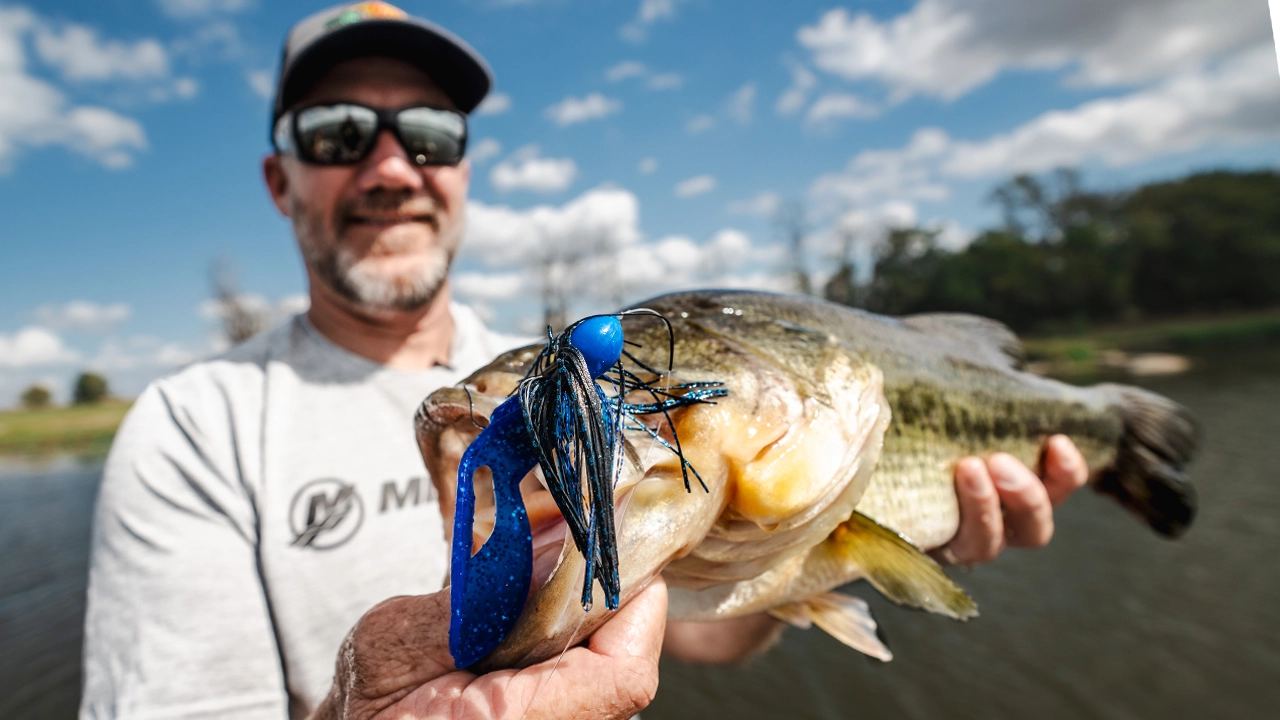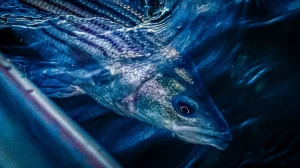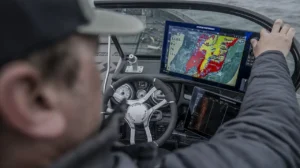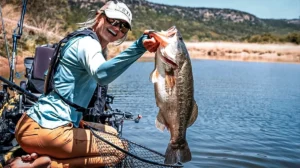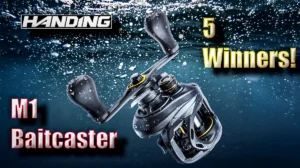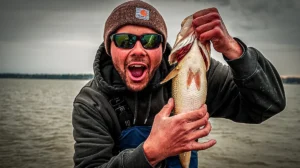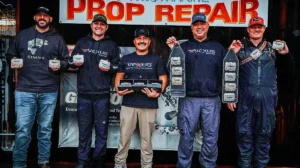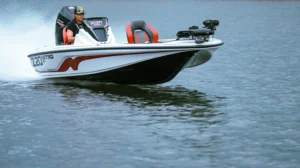In this video, Brett Chapman demonstrates how to effectively fish brush piles using a jig to target bass. Jig fishing is a tried and true method, especially when the bite is tough. Chapman explains how he uses advanced sonar technology like Garmin LiveScope to locate deeper brush piles that are not visible to the naked eye. While traditional 2D sonar works well, forward-facing sonar allows for more precise casts by identifying the densest cover where bass tend to hide.
TACKLE USED
- JIG – Strike King Denny Brauer Structure Jig, 3/4-ounce: Buy at Bass Pro Shops
- FLIPPING & CASTING JIGS – Buy at Bass Pro Shops
- TRAILER – Zoom Super Chunk: Buy at Bass Pro Shops
- ROD – KastKing Speed Demon Pro, Cast-flippin’ – 7’5” H Power-fast: Buy at Amazon
- REEL – KastKing Speed Demon Elite Casting Reel (KRLCSTDE-105RBK), 10.5:1: Buy at Tackle Warehouse
- LINE – Gamma Edge Fluorocarbon Line, 20-pound: Buy at Tackle Warehouse
Chapman breaks down his approach step by step. He emphasizes the importance of fishing your jig in the thickest part of the brush pile to increase the chances of getting a bite. Using a heavier 3/4-ounce black and blue jig with a chunk trailer, he adjusts his setup to counter windy conditions and achieve a faster fall. According to Chapman, a fast fall rate can be a key triggering element to generating reaction strikes from bass that pass on slower presentations.
Another aspect of Chapman’s technique is line-watching. He mentions that many strikes occur as the jig falls, and paying close attention to subtle line movements can help detect bites before feeling them. Additionally, he shares his preference for high-speed reels, which allows him to quickly catch up to a fish and set the hook before they spit the bait.
Whether fishing visible brush or using sonar to locate hidden cover, Chapman’s method underscores why a jig is always a top presentation option for big bass around isolated cover.
BOAT SETUP
- BOAT – Triton 21XP: Check out at Triton Boats
- MOTOR – Mercury Pro XS 250 hp: Check out at Mercury
- TROLLING MOTOR – Garmin Force Trolling Motor: Buy at Bass Pro Shops
- FISH FINDER – Garmin ECHOMAP Ultra 2 126sv Fish Finder/Chartplotter with Navionics+: Buy at Bass Pro Shops
- FORWARD-FACING SONAR (FFS) – Garmin LVS34 LiveScope Plus Live Scanning Sonar Transducer: Buy at Bass Pro Shops


